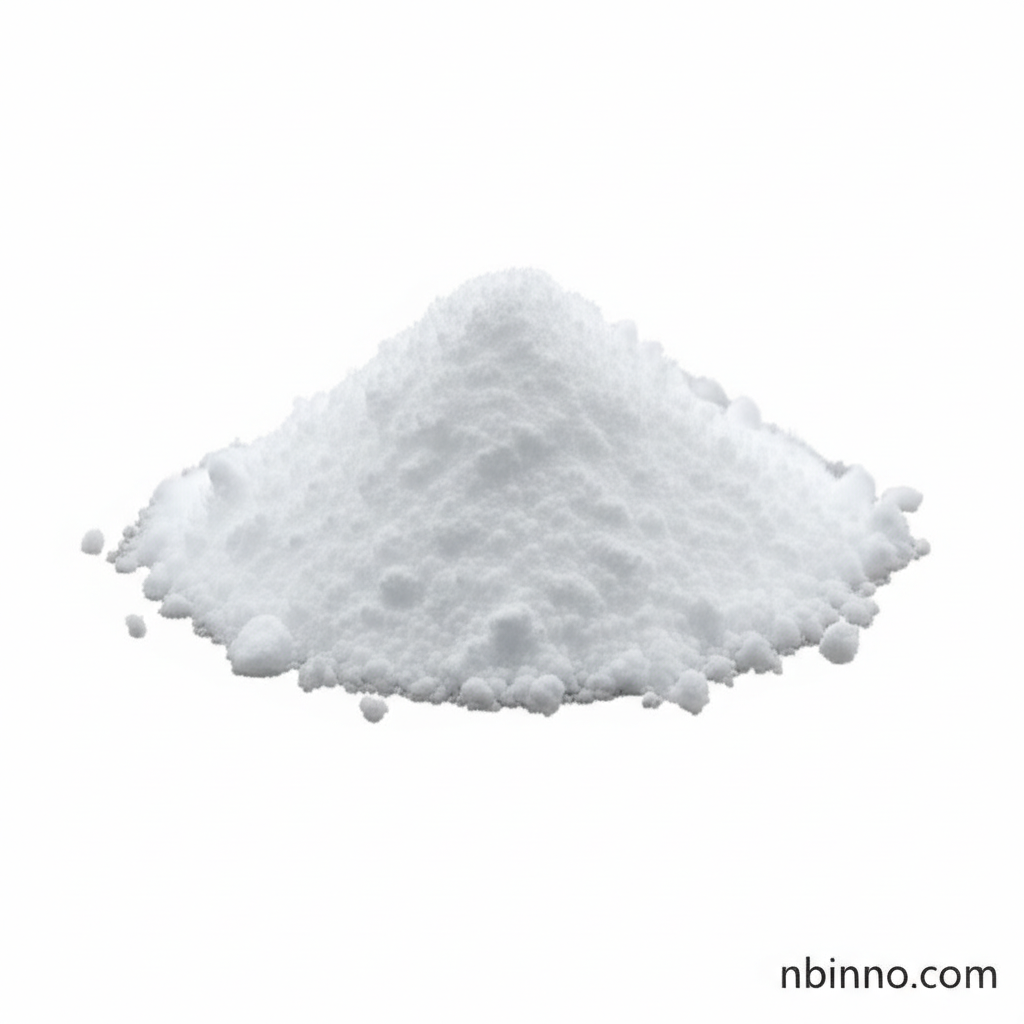Tris(2-phenylquinoline)iridium(III): A Key for Advanced OLEDs
Discover the power of Tris(2-phenylquinoline)iridium(III) for vibrant and efficient organic light-emitting diode technologies.
Get a Quote & SampleProduct Core Value

Tris(2-phenylquinoline)iridium(III)
This high-purity organometallic compound is engineered for exceptional performance in organic light-emitting diodes (OLEDs). Its unique coordination of three 2-phenylquinoline ligands to a central iridium(III) ion grants it remarkable photophysical properties, making it indispensable for next-generation electronic displays and lighting solutions.
- Leveraging Tris(2-phenylquinoline)iridium(III) for OLED Materials: Explore how this compound's strong phosphorescence enhances display brightness and energy efficiency in OLED devices.
- Understanding Organometallic Compounds for OLEDs: Gain insights into the sophisticated chemistry behind advanced electronic materials and their role in the display industry.
- Exploring Photocatalytic Iridium Compounds: Learn about the broader applications of iridium complexes, including their use as efficient photocatalysts in various chemical transformations.
- The Significance of High Purity OLED Dopants: Understand why achieving high purity is critical for maximizing the performance and longevity of OLED components.
Product Advantages
Enhanced Luminescence Efficiency
The exceptional phosphorescent capabilities of Tris(2-phenylquinoline)iridium(III) lead to brighter and more vivid light emission, significantly improving the visual quality of OLED displays. This makes it a prime choice for demanding applications.
Versatile Applications Beyond Displays
Beyond its primary use in OLEDs, this iridium complex serves as an effective photocatalyst and a valuable probe in bioimaging, demonstrating its broad utility in scientific research and technological innovation.
Advanced Synthesis Methods
Utilizing efficient synthesis pathways, including mechanochemical and microwave-assisted techniques, ensures the availability of this high-performance material with reduced environmental impact and improved yield.
Key Applications
Organic Light-Emitting Diodes (OLEDs)
As a key component in OLEDs, Tris(2-phenylquinoline)iridium(III) contributes to the development of energy-efficient and high-performance displays and lighting solutions, crucial for consumer electronics and automotive industries.
Photocatalysis
The compound's robust photocatalytic activity makes it a valuable tool in driving various organic reactions, supporting advancements in synthetic chemistry and green chemistry initiatives.
Bioimaging
Its inherent luminescent properties allow Tris(2-phenylquinoline)iridium(III) to be employed as a probe in biological systems, aiding in the visualization of cellular processes and the study of biological mechanisms.
Research and Development
Scientists utilize this advanced organometallic compound to explore new frontiers in materials science and photochemistry, pushing the boundaries of innovation in both academic and industrial research settings.
Related Technical Articles & Resources
Why Choose Us?
Leverage our expertise and state-of-the-art infrastructure to accelerate your journey from discovery to commercial success.
Global Experience
With 20 years of R&D, manufacturing, and sales experience, we proudly serve clients across 60 countries and regions worldwide.
Advanced Facilities
Our in-house R&D laboratory, pilot platform, and large-scale production workshop are equipped to meet the audit requirements of global customers.
Seamless Scalability
We facilitate a perfect transition from small-scale lab requirements (grams) to full commercialization (hundreds of tons).
